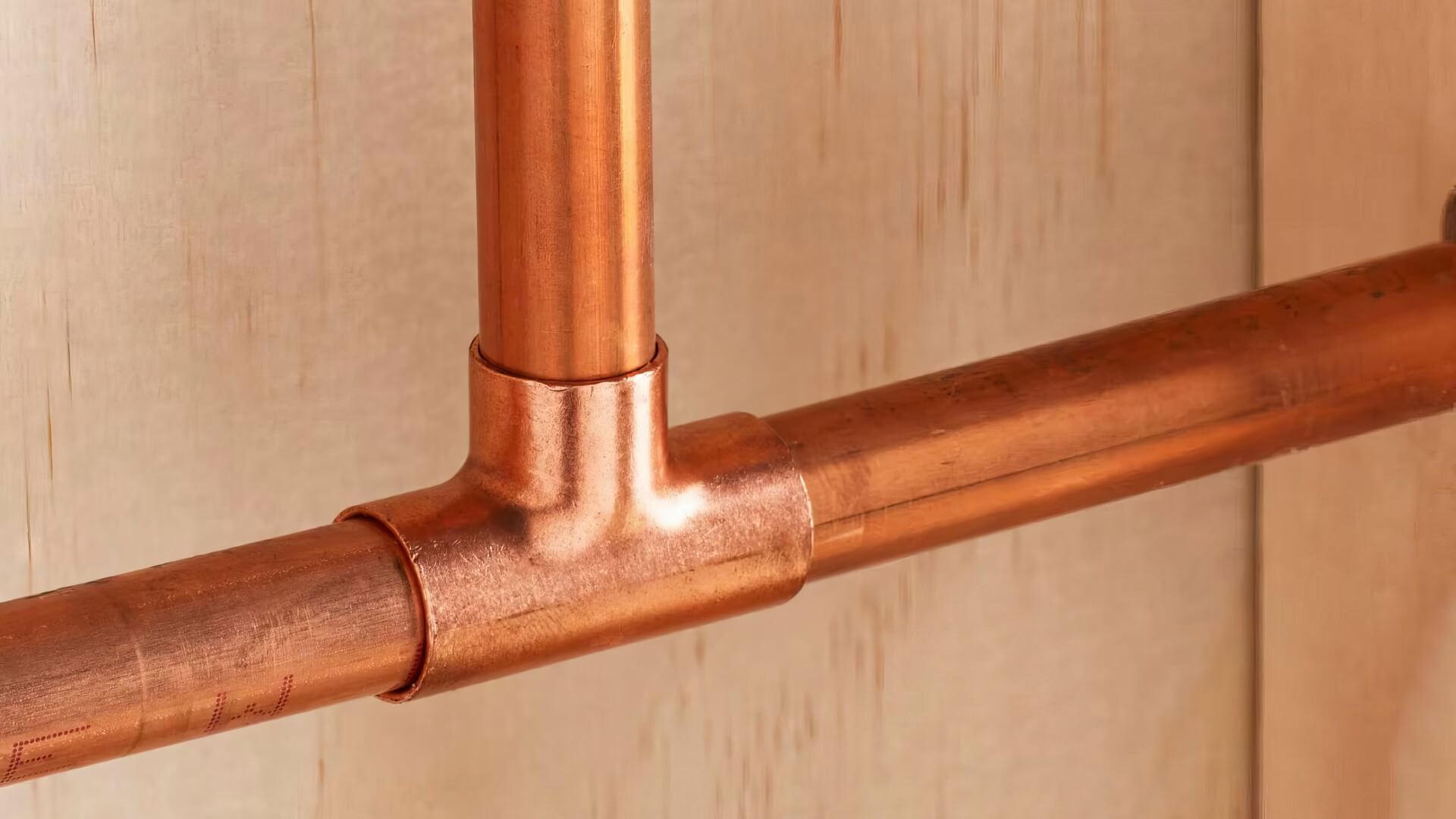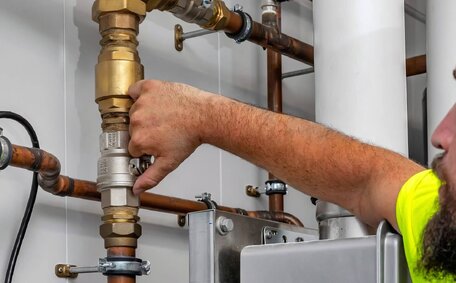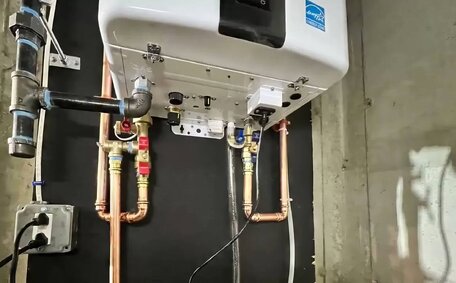Introduction to Emergency Plumbing Technology Advancements
Emergency plumbing is undergoing technological evolution focused on improving rapid response and minimising damage.
Smart home integration and advanced diagnostics are pioneering more efficient and sustainable emergency plumbing solutions.
AI, remote monitoring, and sophisticated tools are set to enhance current manual despatch and basic equipment in emergency plumbing services.
Technology that detects leaks and potential flooding greatly minimises property risks, and the use of mobile apps with GPS tracking can reduce response times, However, considerations of cost, safety, and environmental impact cannot be overlooked.
Challenges in privacy and reliability aside, emergency plumbing is unmistakably shifting towards smarter, more efficient, and greener solutions.
Innovations in Plumbing Diagnosis and Repair
Advanced tools and methods empower plumbers to identify issues quickly and accurately, leading to speedier emergency responses. Leak detection sensors placed at pressure points can pinpoint pipe breaches or water ingress via mobiles apps, while thermal imaging cameras visually spotlight temperature anomalies suggesting flow problems.
High-definition pipe inspection cameras offer intricate diagnostics that uncover internal cracks, blockages, or root invasions invisible from the outside. Some models combine with specialised data analytics to diagnose specific faults, estimate repair needs and track historical changes.
New augmented reality glasses project digital blueprints, sensor data, and remote expert advice onto technicians’ views, offering real-time onsite guidance. Drone-assisted pipe mapping enhances the detection of exterior leaks, particularly in hard-to-access areas.
Pipe relining, a trenchless repair technique that fortifies pipes with a protective epoxy coating, eliminates the extensive property damage associated with traditional excavation methods.
Technological adoption enables plumbers to provide speedier and more precise services, although costs, technical expertise, and compatibility concerns present barriers.
Faster Leak Detection
Quickly detecting leaks is crucial to prevent major property damage and water loss, as manual inspections often fail to locate hidden breaches promptly. Modern sensor systems and smart monitors offer round-the-clock surveillance and instantaneous alerts for suspected leaks.
Ultrasonic sensors placed at key points in the piping can detect unexpected water loss through flow rate monitoring. Sensors with specialised acoustic capabilities can detect the faintest changes in ‘hot water’ flow, hinting at potential leaks. Some even combine with moisture sensors around appliance areas prone to leakage like water heaters, enhancing vigilance over your plumbing.
When alerts are triggered, the precise location of leaks is verified using thermal imaging, tagged water signals or advanced image analysis, hastening the diagnostic and repair process. Research indicates this technology curtails the time taken to detect issues in components like 'hot water systems’, enabling Sydney plumbers to act swiftly and reduce the extent of damage.
Detecting issues early allows for preventative maintenance, avoiding critical failures, and visible flow data aids in identifying conservation opportunities. However, systems with sensors do incur installation and monitoring charges and there are concerns about false alerts which could necessitate technical troubleshooting.
Integration with Smart Home Systems
Smart home integration facilitates continuous 'day and night’ monitoring of emergency plumbing systems, predicting potential issues early. Smart sensors that monitor flow rates, leak detection or pipe pressure day and night can feed crucial data to home dashboards and mobile apps.
Cloud connectivity allows remote tracking by homeowners while also coordinating automated alerts to emergency plumbers for rapid response coordination via GPS and traffic data. Diagnostic details help the emergency plumber pre-prepare equipment and parts for swift repairs.
By 2025, smart home alerts may trigger more than 30% of emergency callouts due to increased affordability. However most existing housing stock lacks integrated pipe sensors for large-scale adoption currently.
Challenges persist in ensuring privacy and compatibility across various products. Nonetheless early warning and preventative repairs facilitated by smart home-plumbing integration makes the systems appealing for those valuing home protection.
Predictive Maintenance and Remote Monitoring
Emerging predictive maintenance and remote monitoring capabilities, catering to 'all kinds’ of plumbing needs, operating '24 hours day’, are revolutionising emergency plumbing by forecasting issues before critical failure stages. Integration of smart sensors, metres and AI data analytics facilitates 24/7 tracking of usage patterns, leak risks, pipe pressure and more from afar.
Machine learning algorithms in cloud-based platforms tirelessly analyse real-time sensor data throughout the day. This predictive capacity can forecast potential equipment or pipeline issues well in advance, enabling proactive maintenance scheduling.
Industry estimates suggest that predictive technologies could avert approximately 25% of pressing emergency callouts in Sydney by addressing plumbing issues before they worsen. This promises significant cost savings from ameliorated property damage alongside environmental benefits through reduced water wastage from unseen leaks.
Adopting predictive maintenance, though, calls for initial investment in sensors and ongoing data service fees. Reliability challenges also exist regarding false sensor readings or data analysis inaccuracies. Nonetheless as the technologies mature, predictive capabilities offer a promising revolution in emergency plumbing across residential, commercial and municipal domains.
Environmental Sustainability
Advancements in emergency plumbing, particularly in leak detection, promise enhanced water conservation in communities. Rapid leak detection reduces gallons of water lost daily from small unseen pipe breaches. And preventing major rupture incidents avoids thousands more wasted during flooding events before isolation.
Studies by water authorities indicate that smart monitoring could prevent scenarios such as a burst pipe, conserving over 5% of net usage through early preventative repairs. Extrapolated nationally, billions of gallons could be preserved yearly.
The shift towards trenchless pipe relining techniques negates environmentally disruptive excavations to fix subsurface leaks. Avoiding mass digging reduces carbon emissions from truck trips and heavy machinery while limiting localised soil and vegetation disturbances.
Broader adoption of remote tracking and predictive maintenance may also yield savings in transport fuel and part wastage from unnecessary call outs. Cloud-based coordination further cuts reliance on paper. However, the creation of e-waste from sensors and the energy required to run server farms also must be taken into account as a counterbalance to these gains.
Overall, sustainability in emergency plumbing means balancing responsible water usage, limited invasive repairs and conscientious adoption of technology. When applied with care, these advancements can reduce environmental impact as modernisation progresses.
Cost-Benefit Analysis
Adopting advanced emergency plumbing technologies promises significant benefits but also carries notable initial investment and adaptation costs for plumbers and property owners.
Upgrading despatch systems to leverage AI and mobility solutions can enhance response coordination and prevent wasted trips due to real-time traffic or priority-based alerts. However, considerable software, hardware and training outlays are required, from $15,000 for small teams. Ongoing licence and maintenance fees also apply.
While advanced diagnosis and predictive tools, such as smart sensors 'near me’ and pipe cameras offer more than simple fixes, they reduce emergency risk and repair expenses through early detection, despite upfront costs exceeding $3,500 per property.
Remote monitoring platforms cost around $70 monthly too. For large commercial sites or municipallevel adoption, collective savings generally offset these setup fees after approximately 15 months with sustained use.
Key barriers slowing large-scale tech integration include compatibility challenges between existing and modern plumbing equipment, unreliable connectivity in rural zones, skill gaps adjusting traditional approaches and privacy hesitations sharing pipe monitoring data via third parties. Compliance requirements around data rights and cyber security must be navigated as well.
However emergency response times can be nearly halved using the latest asset tracking and traffic updates. And smart water metres have conserved over 8% of usage through subtle leak flags prompting early repairs. Avoiding even one major flood event through a prompt 'plumbing service’ saves homeowners thousands in repairs annually.
Balancing financial considerations, capabilities, and attitudes towards new plumbing technology depends on an organisation’s resources and business approach. But selective adoption of mobile, AI and Internet of Things solutions can drive responsiveness, sustainability and customer service - providing a competitive advantage for progressive firms.
The Future of Emergency Plumbing
Emergency plumbing is poised for an era of unprecedented advancement and disruption as technology transforms traditional approaches. Within a decade, integration of artificial intelligence, augmented reality, remote tracking and preventative maintenance will likely be mainstream - at least among progressive providers.
Local plumbing specialists in areas such as Epping require state-of-the-art emergency response systems, incorporating mobile platforms that can automate job coordination with smart diagnostics and predictive alerts.
With more than 35% of homeowners receptive to smart water meters by 2030, it’s essential for our team to harmonise personalised service with the operational efficiency that comes from mobility, social media, and IoT advancements. Compliance around connectivity, data ethics and cybersecurity grows crucial too.
Ultimately, emergency response is set to dramatically improve, with streamlined integration slashing dispatch and repair times. However, budgeting transitional investments in physical and human capabilities remains key to realise lasting gains. Therefore, proactive adoption, rather than reactive adaptation, will determine who leads in the future of emergency plumbing.






